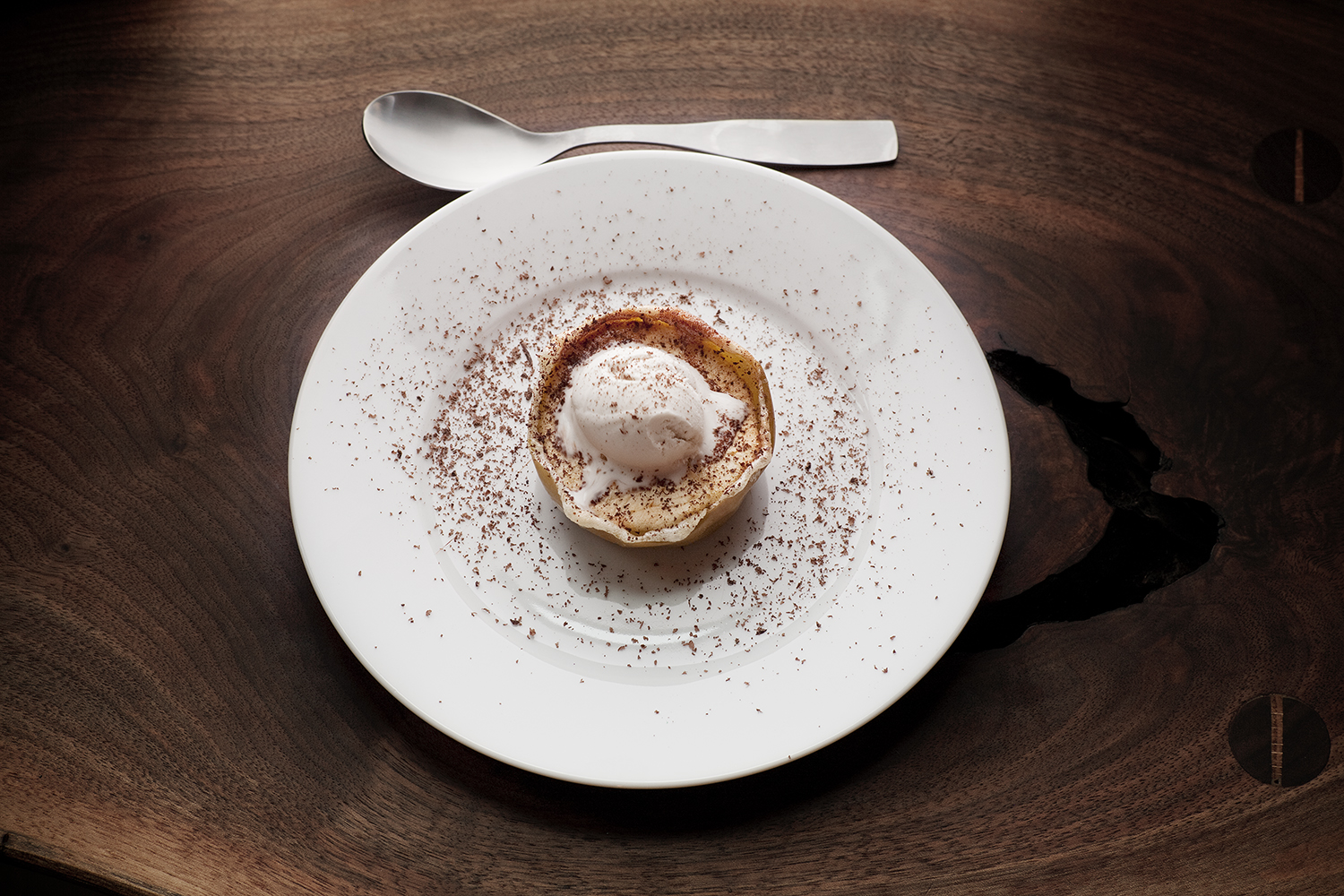Sugar is an addictive substance.
If you feel addicted to sugar, you are not alone. Sugar can make you feel powerless in the presence of anything that contains it in quantity: candy, cookies, ice-cream, cake, soda. You name it, you want it! That is because sugar is addictive (as addictive as cocaine, according to studies), and like any other substance that you can become dependent on—coffee is another—the withdrawal symptoms are intense.
One reason it’s hard to steer clear of sugar is because it’s added to so many products on the shelf to enhance taste—especially to products marketed as “fat-free.” These processed foods would taste like cardboard if they didn’t have something else in them to flood your taste buds and to trigger the bliss point in your brain.
The sugar-sugar-sugar craving can drive us mad.
What you need to know is that if you have sugar today, there is a real possibility that you will crave it again tomorrow. Does the fact that you crave something mean that you need it? The short answer is: no. Your body does not crave cookies, cake, and candy. It does not even crave SUGAR! It craves carbohydrates, which it needs for energy, and you translate that craving into one for the sugary products you desire—which are not what your body actually needs.
If you let your relationship to sugar spiral out of control, this seemingly harmless substance will interfere with the functioning of your immune system, create havoc in your mood, and crash your energy—and then leave you flat on the floor wanting more.
Here are few easy steps to start the process of lowering your intake of sugar (don’t promise yourself you will never have it again; that doesn’t work):
1. Drink more water. I know it might seem too simple, but sugar cravings can actually come from dehydration, and if you drink more fresh pure water, you may find that you feel cleaner inside and that sugar will not seems as appealing.
2. Drink more water. I know, I just said that. But dehydration will also make you feel more tired, triggering cravings for more sugar to boost your energy.
3. Get your sleep. The less tired you are, the less you will feel like you need the quick doses of energy that you associate with sugary foods.
4. Don’t skip the carbs. Often, my clients confuse sugar and carbs. You need carbs, but you only need the good ones—that means whole grains, brown rice, and vegetables.
5. Master your blood-sugar levels. When your blood sugar is low, you go for fast energy (what’s faster than a candy bar?) Go for fresh fruit instead, or a smoothie. Fruit contains a lot of simple sugar (fructose), so this substitution won’t curb your cravings for something sweet, but the sugar in fruit is healthier than processed candy and it will raise your blood-sugar levels quickly when they are really flagging. The real solution, though, is to learn to eat better overall so your blood sugar does not crash in the first place. (The path for life online program is designed to teach you how to do that.)
6. Chew more. If you don’t chew your food well, you don’t digest well, and that can cause you to crave sugar afterwards.
7. Pay attention to your meal. Just like you would pay attention to your eating companion, your meal needs your attention too. This means avoiding multi-tasking when you eat. Your brain, your entire being, needs to be present when you eat. If you and your brain are somewhere else while eating (you are where your mind is) then—as you may have experienced yourself—you’ll be surprised to find that your plate is suddenly empty and you have no recollection of eating everything on it. This also means that you’ll feel unsatisfied (after all, you’ve deprived yourself of the pleasure of eating!) and start looking for a snack. Probably something sweet.
8. Watch the salt. If you have too much salt, chances are you’ll want sugar after the meal. Your body tends to like being in balance, so too much salt will cause a craving for sugar to “balance it out.” But this tendency has nothing to do with being balanced: it’s a case of two extremes trying to cancel each other out, which is actually also a reflection on how most of us live today.
9. Take it a step at a time. To detox from sugar, start eating more greens and do the things listed above. If you think that pulling the plug on sugar is going to be easy, think again—and find a straitjacket to wear for the next 3-5 days, because that’s how long you’ll be going through the withdrawal symptoms. You’d also have to tell people not to come near you during that time! Instead, consider stepping the sugary stuff down gradually, by eliminating one sweet thing per day. That includes soda.
If you want to be guided through a conscious process of moving toward a healthful way of eating and being, consider signing up for the online program, which stays with you every step of the way. It also includes a recipe section filled with ideas for how to get healthy without sacrificing taste and deliciousness. The treat pictured on this page is a half-baked apple with vanilla coconut ice-cream and shaven raw cacao. You can find more recipes like this by joining the online program.
Enjoy.

